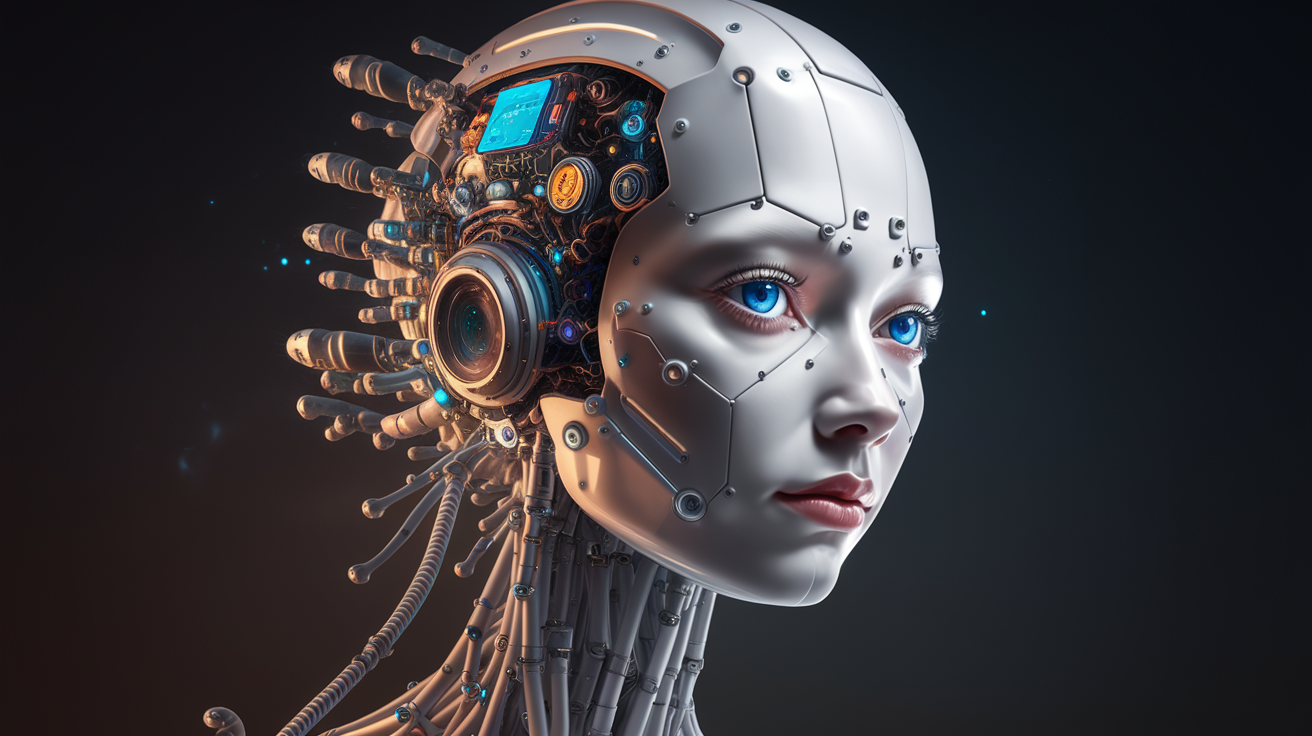The world of digital art has changed a lot with AI-generated art. Now, people can make amazing, realistic art without needing to be experts. This is thanks to advanced text-to-image models and machine learning.
This article will show you how to make stunning AI art. It doesn’t matter if you’re just starting out or if you’re already good at art. You’ll learn the basics and how to use AI to make your ideas come to life.

Understanding AI Art Generation Fundamentals
The world of art has changed with the rise of artificial intelligence (AI). Tools like DALL-E, Midjourney, and Stable Diffusion are changing how we create art. They use neural networks and GANs to make stunning, realistic artworks.
Key AI Art Tools and Platforms
DALL-E, made by OpenAI, turns text into amazing visuals. Midjourney creates dream-like art with many elements. Stable Diffusion is new but easy to use, making AI art for everyone.
Basic Principles of AI Art Creation
AI art uses neural networks and GANs. Neural networks learn from big datasets like the brain. GANs create new art by competing with each other. This lets artists explore new digital art possibilities.
Understanding Prompts and Parameters
Good prompts and parameters are key to AI art. Prompts guide the AI to match your vision. Changing style, composition, and color can make the art just right.
AI and art together open new creative paths. Knowing how AI art works lets users bring their ideas to life.
How to Create Hyper-Realistic AI Art Without Any Design Skills
Creating stunning, hyper-realistic AI art is now open to everyone. Thanks to AI art techniques, you don’t need to be a skilled designer. The secret is in prompt engineering, which is about crafting prompts to guide AI models.
Style transfer is a powerful method. It lets you mix the look of other artworks with your AI images. This way, you can turn simple ideas into detailed, realistic art.
With image manipulation, you can make your AI art even more realistic. Adjusting lighting, textures, and details can make your work feel incredibly lifelike.
Whether you’re an expert or a beginner, photorealism in AI art is waiting for you. With practice and creativity, you can make amazing, hyper-realistic art that will amaze people.
“The true sign of intelligence is not knowledge but imagination.” – Albert Einstein
Start your AI art journey and let your imagination run wild. With the right techniques and practice, you can become a master of AI art techniques. Your art will seem almost real.

Conclusion
The world of AI-generated art is changing fast. It’s opening up new chances for both professional artists and hobbyists. With new tech coming, we’re seeing what’s possible in creative fields grow.
But, we must think about the ethics of AI art. We need to talk about who owns it and how it affects traditional art. As AI makes art-making easier for everyone, we must make sure it’s fair for all.
Still, AI art’s potential is huge. It’s giving a new wave of artists the chance to try new things and be creative. By using AI, we can make art more available to everyone, not just a few.
FAQ
What are the key AI art tools and platforms covered in the article?
The article talks about popular AI art tools like DALL-E, Midjourney, and Stable Diffusion. It explains their unique features and what they can do.
How does the article explain the basic principles of AI art creation?
It explores how neural networks and generative adversarial networks (GANs) work in AI art creation.
What does the article discuss regarding prompt engineering and parameters for AI art generation?
The article gives tips on crafting good prompts and adjusting parameters. This helps get the results you want in AI-generated art.
How does the article guide readers in creating hyper-realistic AI art without design skills?
It shares advanced techniques like prompt engineering, style transfer, and image manipulation. These help achieve photorealistic results in AI art.
What ethical considerations does the article address regarding AI art creation?
It talks about the ethics of AI art creation. It also looks at how it affects traditional art.
How does the article explore the democratization of art through AI tools?
It shows how AI art tools make art more accessible. This promotes the democratization of art.


